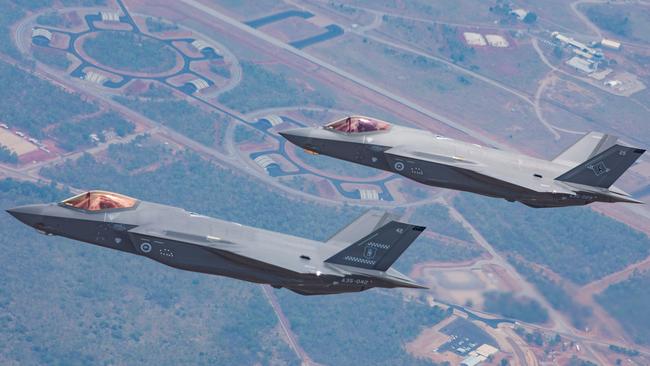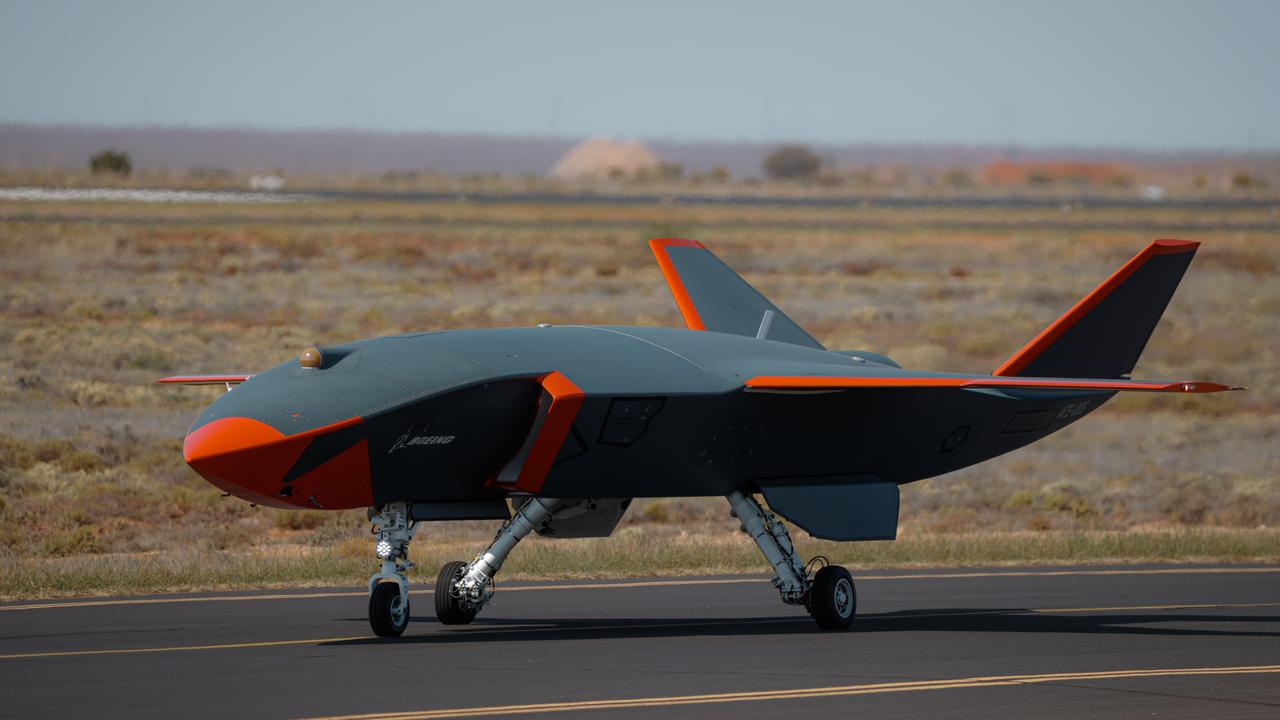Our northern bases are becoming ‘increasingly problematic’
The rapidly evolving long-range capabilities of potential adversaries such as China and the effects of climate raise questions about how much to spend on defence in the north.

One of the major considerations of the Albanese government’s forthcoming Defence Strategic Review (DSR) will arguably be the posture of the Australian Defence Force to meet growing regional threats.
In the decades since the end of the World War II, planning for the defence of Australia has focused increasingly on the nation’s north.
While the geopolitics of the Indo-Pacific region may change over time, its geography does not and the north of Australia is as important today as it was during the last global conflict.
This is a point not lost on some of Australia’s allies and partners, in particular the US, which is investing millions of dollars in building up defence infrastructure in the Northern Territory.
It is also an arguable point, however, that the north of Australia may not be the ideal place to have large defence bases and supporting industry.
The growing realisation that Australia is a three-ocean continent, coupled with the rapidly evolving long-range strike capabilities of potential adversaries such as China and the effects of climate and climate change, mean the northern footprint of the ADF and its allies is becoming increasingly problematic.
Australia’s geographic location and stable government means that it is a good ally to have in the region and the importance of this has resulted in the signing of the US Force Posture Initiatives (USFPI) that have seen significant US investment in infrastructure and training areas in the Northern Territory.
The FPI celebrated its 10th anniversary in September 2021 and during that time it has overseen the annual rotation of US Marine Corps personnel under the Marine Rotational Force – Darwin (MRF-D) concept.
Another important initiative under the umbrella of the FPI is the Enhanced Air Cooperation (EAC) agreement with the US Air Force, which is also overseeing major infrastructure work at RAAF Bases Darwin and Tindal to accommodate deployments of US strategic bombers and other assets.
The EAC reflects the importance of bases largely outside the reach of Chinese ballistic missiles for US Pacific forces.
Facilities such as the RAAF Bases at Darwin and Tindal in the Northern Territory, and Australia’s “bare bases”, such as RAAF Scherger in far north Queensland and Curtin in north Western Australia, will provide a means of projecting force into the region if US bases elsewhere are destroyed or overrun.
About $727m of upgrade works are being carried out under the EAC between now and 2027.
Included in this work is the lengthening of Tindal’s runway to 3353m and provision of parking areas and facilities to cater for the influx of large aircraft such as the RAAF’s KC-30A Multi-Role Tanker Transport (MRTT) and US Air Force B-1B and B-52H strategic bombers. A new 6ML-fuel farm and air movements terminal will complete the work, which began in 2022.
Tindal has also recently been the recipient of a multimillion upgrade program to support the RAAF’s based F-35A fighters and airfield facilities and other infrastructure is being upgraded under Stage 6 of the Commonwealth’s RAAF Base Tindal Redevelopment program.
Further work will see hangars, maintenance and storage facilities, an aircraft parking apron and connecting taxiway constructed at the base to accommodate the RAAF’s MQ-4C Triton uncrewed maritime surveillance aircraft from 2025.
RAAF Darwin has also been upgraded in recent years, with new facilities to support KC-30A and P-8A Poseidon maritime patrol operations and a new apron to accommodate deployed US B-1B/B-52H aircraft. Under the EAC, the US has also established a $76m bulk fuel storage at the base to support future deployments.
However, despite all of these works, none of the facilities are hardened against attack and the rapidly maturing long-range strike capabilities of increasingly belligerent nations such as China and North Korea arguably increases their vulnerability to such strikes.
Speaking to Australian Defence Magazine about this problem recently, Chief of Air Force Air Marshal Robert Chipman said the upkeep and upgrading of existing facilities when required is a normal part of business.
“Air Force is developing plans to protect our bases and critical supply lines and, if necessary, find alternate pathways to sustain air and space power that are less vulnerable to disruption,” Air Marshal Chipman said.
A further weakness with our northern bases is the problem of storing and protecting adequate reserves of fuel.
This is a further point which hasn’t been wasted on US planners, as evidenced by the new storage facilities at Darwin and Tindal, and also by the construction of a 300 million-litre bulk fuel storage facility at the Port of Darwin’s East Arm.
Work on the $270m facility began in early 2022 and when complete, it will play an important role in supporting US military operations in the region, being used for the transfer, management and storage of military specification jet fuels.
However, a major problem with Australia’s north is its remoteness. Darwin for example has a major seaport which is vital to keep open in times of conflict but the alternatives for delivering fuel to military ships, aircraft and combat vehicles essentially rely on one railway line and two all-weather roads.
Even a training event such as the biennial Pitch Black air combat exercise stretches the RAAF’s ability to supply fuel during a three-week period, occupying a significant portion of its available fuel tanker fleet which have to be driven several days from their southern bases.
Perhaps an even more insidious risk to Australia’s northern bases lies in climate change, which is predicted to result in more frequent events such as extreme temperatures, increased rainfall and rising sea levels.
As it is, many of Northern Australia’s defence training areas are already unusable for six months of the year due to the tropical wet season.
“A climate change risk assessment and response strategy is being developed as part of the base planning process using the processes described in the Defence Climate Change Handbook,” Air Marshal Chipman said in response.
“The climate strategy identifies and prioritises adaption and response measures considering the expected impact to infrastructure, as well as consequent impacts on capability and personnel.”


